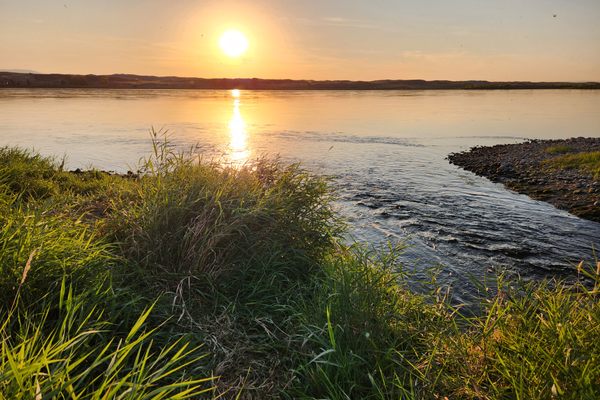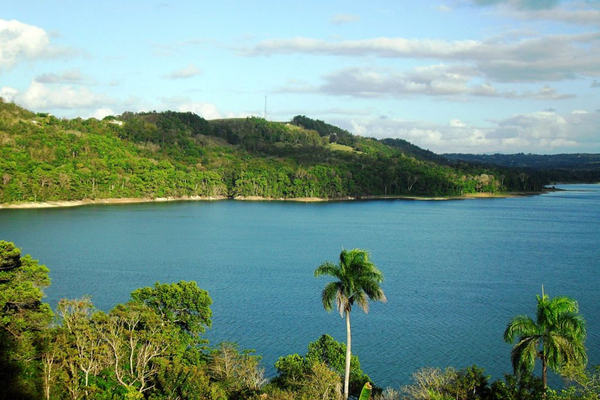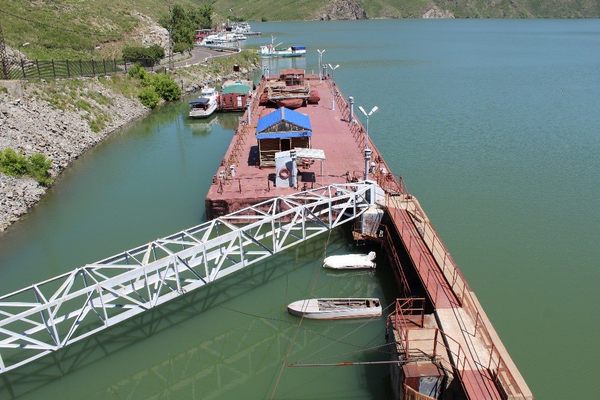About
The Arakawa River (“wild river") that flows across the Kanto region was once known for its tendency to flood outrageously after heavy rains, often causing harm to the city of Tokyo. Following the devastating flood of 1910, construction on a canal began that would prevent the river from flooding.
The 13 mile (22 kilometers) long canal was completed 17 years later, costing over 32 million yen and the lives of at least 30 workers. The Iwabuchi Watergate was constructed in 1924 along a junction of two sections of the river now called the Arakawa and Sumida River. It contributed greatly to preventing floods until 1982 when a new sluice gate was completed.
Initially, the Old Iwabuchi Watergate, or the Red Watergate as it was also known, was set to be demolished. However, local support and opposition to the demolition forced policymakers to reconsider, and in 1999, its historical significance was officially verified by the Tokyo Metropolis.
Many people find the red sluice gate aesthetically pleasing and it has become a popular spot for walking, jogging, and fishing, but there are also a few spooky rumors and tales that also surround the watergate.
The Iwabuchi Watergate is believed to be one of the most haunted places in Tokyo. The sluice gate was where the bodies of those who committed suicide in the river would often end up. In Japan, it's believed that the waters around the watergate attract ghosts. This might make it a little spookier at night, since there are few streetlights.
If you happen to visit the sluice gate, be sure to check out the creepy, unusual jizo that stands outside the riverside area. It's a memorial dedicated to those who lost their lives to the river and is composed of stone as most jizo statues are. However, its head appears to have been destroyed by vandals and was replaced with wood. Its makeshift face displays no emotion whatsoever.
Related Tags
Know Before You Go
Known as Kyū Iwabuchi Suimon in Japanese. It is about a 15-minute walk from either Shimo or Akabane-Iwabuchi Station. The nearby museum, Arakawa Museum of Aqua or AMOA, is open from 9 a.m. to 5 p.m., every day except Mondays.
Hidden Japan: Sado Island, Nara & Kyoto
Explore a different side of Japan.
Book NowCommunity Contributors
Added By
Published
March 6, 2020



































